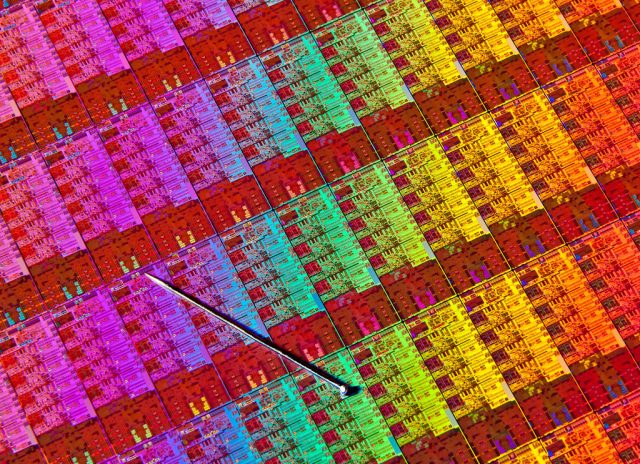
Microsoft has released a new Windows patch to disable Intel's hardware-based mitigation for the Spectre attack due to bugs introduced by Intel's mitigation.
In the wake of the Spectre and Meltdown attacks that use the speculative execution behavior of modern processors to leak sensitive information, Intel released a microcode update that offers operating systems additional controls over the processor's ability to predict branches. When paired with corresponding operating system changes, the extra controls can prevent the unwanted information disclosure.
Unfortunately, Intel discovered earlier this month that the microcode updates are causing machines to reboot. Initially this was confirmed to be the case for Haswell and Broadwell chips; Intel later confirmed that it also applied to Sandy Bridge, Ivy Bridge, Skylake and Kaby Lake parts. Intel's advice was to stop deploying the microcode. A week ago the company said that it had isolated the root cause of reboots, at least for Haswell and Broadwell processors, and that it would soon begin testing a new version.
Microsoft's initial Windows patches would detect the presence of the updated microcode and use the additional controls if they were available. The new Windows update modifies the operating system so that it won't use the microcode's new features, even if they're detected. Microsoft has also documented registry keys that can be used to selectively enable or disable the protections, for sensitive systems or test environments. By avoiding the new microcode features, Microsoft has found that the system instability is also avoided.
The update is currently offered only as an out-of-band update that must be manually downloaded and installed, and it has no effect other than to disable the use of this particular Spectre mitigation.
reader comments
110